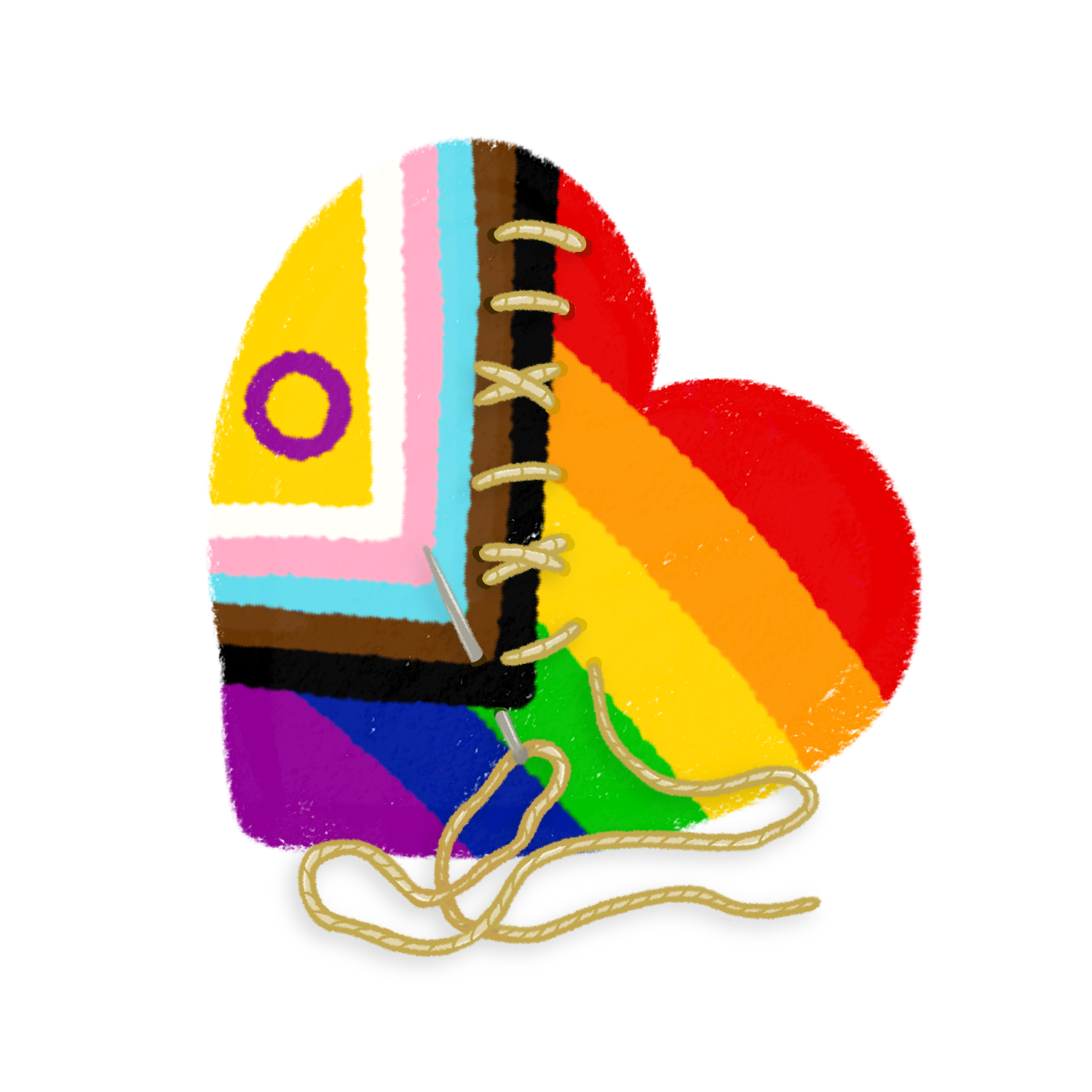Throughout history, LGBTQ+ individuals have had to create their own spaces to find safety, solidarity, and empowerment. From the early days of gay and lesbian bars to the growth of LGBTQ+ community centers, these spaces have been vital in fostering both personal and collective strength. Understanding their legacy helps us see how today’s LGBTQ+ organizations, like Lancaster County Chooses Love, continue this important work.
The Historic Role of Gay and Lesbian Bars in Community Resilience
Before the LGBTQ+ rights movement gained widespread attention, gay and lesbian bars were among the few places where LGBTQ+ individuals could gather safely. These bars were not merely social venues—they were lifelines, offering a space where people could connect, organize, and find solace from a society that largely rejected them.
These bars played a critical role in survival, especially in a time when being openly LGBTQ+ could result in job loss, familial rejection, and even violence. Within their walls, people found not just friendship but also mentorship, political education, and refuge from a hostile world. For many, the first time they felt fully seen and accepted was in these bars, surrounded by others who understood their struggles.
During the 1950s and 1960s, when LGBTQ+ identities were criminalized and heavily policed, these bars became sites of both resistance and community care. Owners and patrons developed elaborate warning systems to evade police raids, and bartenders often doubled as unofficial social workers, providing advice and connections to resources. These spaces cultivated resilience by fostering solidarity and a shared understanding of the necessity of collective survival.
The Cooper Donuts Riot (1959) in Los Angeles was an early example of bar patrons fighting back against police harassment, highlighting the central role these spaces played in the growing resistance movement. The Compton’s Cafeteria Riot (1966) in San Francisco, largely led by transgender women and drag queens, demonstrated how these gathering places were more than just nightlife—they were vital community hubs where people organized and supported one another.
Perhaps most famously, The Stonewall Riots (1969) in New York City cemented the significance of bars in LGBTQ+ history. The patrons of the Stonewall Inn, a working-class gay bar, fought back against police violence in an uprising that ignited the modern LGBTQ+ rights movement. The riots weren’t just a spontaneous event; they were the culmination of years of frustration and organizing within these bars, which had long served as incubators for activism and resilience.
Even after Stonewall, gay and lesbian bars continued to serve as crucial sites of resistance and mutual aid. During the AIDS crisis in the 1980s and 1990s, bars became fundraising centers for healthcare and advocacy efforts, providing financial support for those abandoned by their families and denied medical care. Many bars also functioned as informal therapy spaces where people could grieve, process loss, and find support in a community that refused to let them be erased.
With the rise of online spaces and LGBTQ+ community centers, bars no longer serve as the sole gathering point for queer individuals, but their legacy of fostering resilience remains. In fact, many gay and lesbian bars are closing as the community they were once so central to has migrated to other spaces. Still, they and their history remind us that community resilience is built through shared spaces, mutual care, and the willingness to fight for one another.
Read more about the importance of LGBTQ+ bars in our history

LGBTQ+ Community Centers Evolve to Build Community Resilience
As the LGBTQ+ rights movement expanded, community centers emerged as crucial institutions dedicated to providing safety, support, and essential services. Unlike bars, which primarily served as social hubs, LGBTQ+ community centers offered structured, sustainable spaces where individuals could find resources, advocacy, and a sense of belonging beyond nightlife.
One of the earliest examples is the Los Angeles LGBT Center, founded in 1969. Today, it remains one of the largest and most comprehensive LGBTQ+ organizations, offering services ranging from health care to housing assistance. The LGBTQ+ community center movement gained momentum in the 1980s during the AIDS crisis, as centers provided testing, counseling, and direct aid in response to government neglect. Many of these centers became life-saving spaces for those facing discrimination in medical and social services.
By the 1990s and 2000s, LGBTQ+ centers expanded their offerings to address a broader range of community needs, including youth homelessness, elder care, mental health services, and legal advocacy. Today, there are over 250 LGBTQ+ community centers across the United States, serving as lifelines for individuals who may not have access to traditional support networks.
Community centers build resilience by fostering social cohesion, providing critical resources, and empowering individuals through education and advocacy. They create environments where people can heal from trauma, connect with mentors, and develop leadership skills that benefit both the LGBTQ+ community and society as a whole.
Connecting the Past and Present
While the spaces and forms of support may have evolved over time, the underlying need for solidarity, care, and community remains unchanged. Lancaster County Chooses Love continues this tradition by ensuring that LGBTQ+ individuals in our local community have access to vital resources. Our center provides programs and services that address the unique challenges faced by LGBTQ+ people in Lancaster County, helping to bridge the gaps in support systems and create a stronger, more connected community.
Donate Now to support our mission.
Find out how we support Lancaster’s LGBTQ+ community


